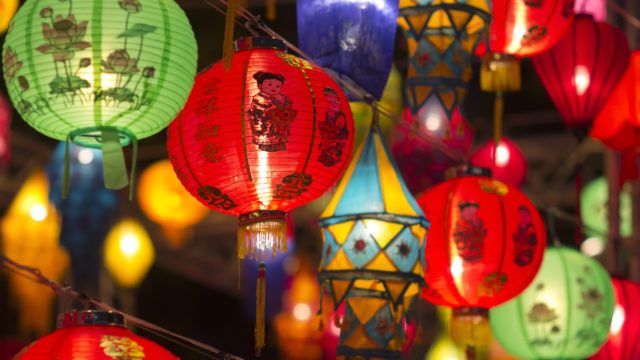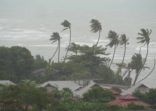Although the narrative around rising inflation has dominated headlines in the first half of 2022, the risks globally will be uneven, and some Asian economies are better positioned to benefit from a surge in food and energy prices.
“With global GDP falling further below trend and leverage having risen to record, investors should be more selective to find economies that are the least vulnerable to the potential demand and supply shocks,” said Sue Trinh, head of global macro strategy, Asia at Manulife IM.
In line with this, Malaysia, Vietnam, Taiwan, Australia and New Zealand are likely to be the biggest beneficiaries within the region – from both the food and energy shock, as well as a potential liquidity shock, she added.
From an asset allocation perspective, Manulife IM believes that investors owning Asian credits may enjoy a higher income return when relatively attractive entry points arise amid rising rates.
Within equities, the firm suggests investors should look to longer-term, structural growth opportunities in areas relating to sustainability and innovation, where companies are showing resilience against inflation.
Resilient Asian fixed income
As diversity in the pace and magnitude of monetary policy tightening grows across Asia, a generally less hawkish central bank stance should support selective Asian credit markets.
Valuations are already relatively attractive following movements in US Treasury yields year-to-date.
“For example,” said Murray Collis, chief investment officer, fixed income, Asia ex-Japan at Manulife IM, “some Asian investment grade corporate issuers are offering yields of around 5.5% on average, whilst Asian high yield corporate issuers are offering yields of around 12% on average, after the correction among global credits spurred by rising macro headwinds and weak sentiment globally.”
In China, the pledge to step-up policy support coupled with a relaxation of property measures in many cities will spur the slowing economy, added Collis.
Southeast Asia, meanwhile, has emerged as a potential bright spot amid rising stagflationary fears from global investors.
“Several markets have recorded faster-than-expected GDP growth due to a pick-up in tourism, re-opening of economies and strong commodity exports,” explained Collis.
Further, the green finance revolution in Asia is driving regional issuance of ESG-themed bonds.
“In 2022, about two out of every five US dollar Asian credit new issues were ESG bonds, which reflects the strength of dedicated demand to ESG bonds despite the volatile market environment,” added Collis.
Growth-focused equity potential
Investors can also find attractive opportunities in equities in Asia following the de-rating in valuations.
“In terms of earnings, the downward pressure on margins was largely driven by high commodity prices and supply chain disruptions. The commodity complex since mid-April has seen a meaningful correction after having risen substantially in the preceding 12 months,” said Marco Giubin, senior portfolio manager, equities, at Manulife IM.
As a result, the next quarter is likely to be defined by higher pricing and lower input costs alleviating margin pressure. In addition, input cost pressure related to supply chain disruptions is also forecast to ease, believes the firm.
These trends bode well for structural growth names. “We believe that the scarcity of growth will re-emerge as a focus after the market gains clarity as to when interest rates peak,” said Giubin.
In particular, the renewable energy space, the supply chain of electric vehicles and energy storage systems are areas that should exhibit long-term growth characteristics independent of economic cycles, he added.

















